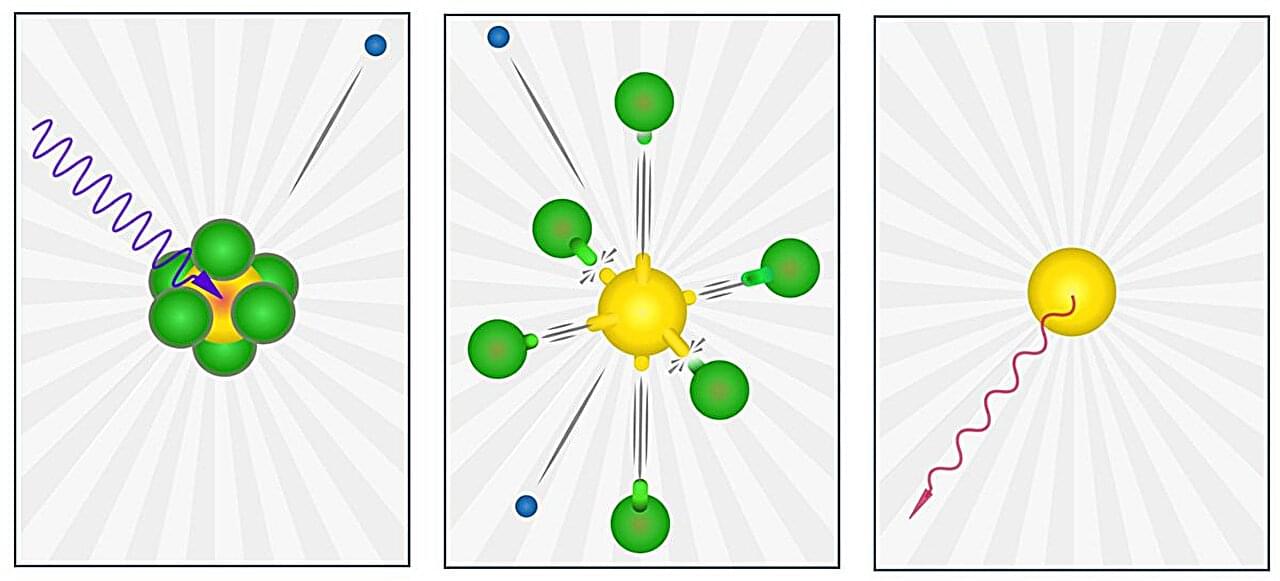An international team of scientists has unveiled new insights into the dissociation dynamics of sulfur hexafluoride (SF6) under high-energy X-ray excitation. The study, conducted using advanced synchrotron radiation techniques, sheds light on the formation of neutral sulfur atoms during the decay of deep core holes in SF6. The work is published in Physical Review Letters.
Understanding the interaction of X-rays with matter is fundamental to both scientific research and practical applications, including medical and technological advancements. These interactions involve complex processes including absorption, ionization, scattering, and the decay of excited states, which emit electrons or photons.
In 1978, young scientists named Joseph Nordgren and Hans Ågren discovered an unusual spectral feature in sulfur hexafluoride (SF6) that defied explanation at the time. Their discovery was made at the Siegbahn Laboratory of Uppsala University, founded by the late Nobel Prize laureate Kai Siegbahn. Despite further investigations, the nature of this spectral anomaly remained unclear.
